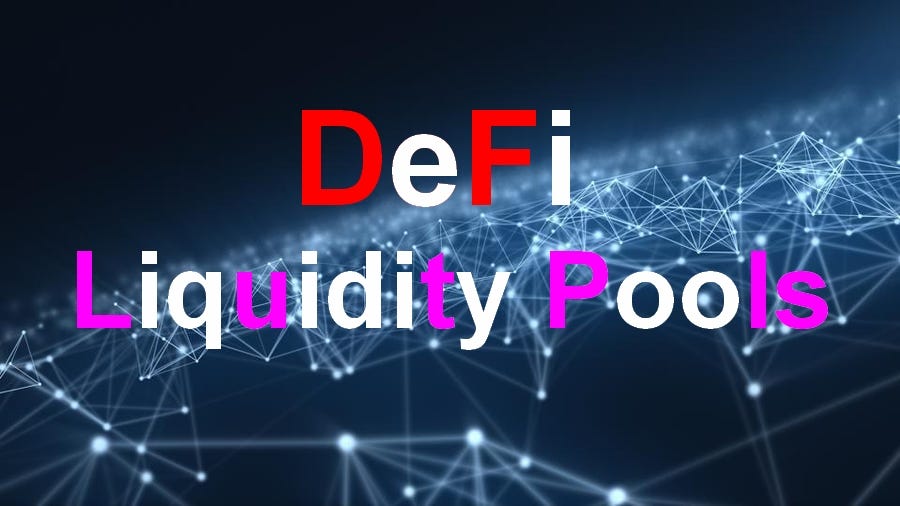Decentralized Finance’s (DeFi) concept has undeniably gained much traction among crypto enthusiasts/ investors worldwide. In its most basic form, the term DeFi can be assumed as an umbrella term for any financial product or service built with blockchain technology.
The total volume locked (TVL) — i.e. the amount of capital — in the DeFi market at present stands at $107 billion, with conservative estimates predicting that this metric will reach a whopping $507.92 billion by 2028 at a stable compound annual growth rate (CAGR) of 43.8 percent.
With that being said, it is noteworthy that, the global DeFi ecosystem’s success revolves around a perception called ‘liquidity pools’. It is impossible to have famous activities like decentralized lending, borrowing, or token-swapping. To elaborate, liquidity pools are a crypto-exclusive innovation with no direct counterpart in traditional finance.
Liquidity pools not only help to ease the core activities associated with any DeFi protocol, but they also serve as a means for investors with a high appetite for risk to reap large rewards in the shortest amount of time.
What exactly are liquidity pools (LP)? What are the various types of LPs?
A liquidity pool can be thought of as a collection of funds locked within a smart contract, which is a self-executing contract with the terms and conditions pre-defined and written into lines of code. These funds can be utilized for a variety of functions, including decentralized trading, lending, borrowing, yield farming, synthetic asset development, and so on.
A variety of DeFi platforms are found in the market, utilizing the different styles of liquidity pools very effectively. The centrifuge is one such offering, with the Tinlake ecosystem serving as both a lending protocol and a marketplace for real-world asset pools. Clients who make investments on the platform will receive incentives in the form of ‘CFG’ — Centrifuge’s native token offering.
Tinlake enables real-world asset originators and owners — such as invoices and residential real-estate loans — to smoothly pool their assets and offer them to DeFi investors all over the world. These assets can be utilized to generate stable yields while also providing liquidity to the ecosystem’s issuers and borrowers.
Balancer, another Ethereum-based liquidity pool, serves as a non-custodial portfolio manager and price sensor. Users who use the protocol can not only benefit from the power of customizable pools, but they can also earn trading fees by just subtracting or adding liquidity to the ecosystem. The balancer can support multiple pooling options such as private, smart, and shared pools, due to the use of such a modular pooling protocol. Furthermore, Balancer liquidity pool owners can offer capital and change the parameters of a private pool as they see fit.
Why is liquidity so important in DeFi? How is liquidity sustaining DeFi?
It is very important to note that whenever a protocol’s liquidity drops below a particular level, a ‘high slippage’ issue arises. ‘High slippage’ means the difference between the token’s expected price and the rate at which it is actually traded. Furthermore, low liquidity may also lead investors to be stuck with unsellable tokens (This is also true in the case of ‘rug pulls’).
Liquidity pools are a way for investors and liquidity providers to earn token-based rewards, which has kept the burgeoning DeFi ecosystem afloat. Indeed, such a reward-based structure has given rise to several profitable investment strategies. Yield Farming is one such option in which investors can move assets across different protocols to reap high yields before they run out.
Also, most liquidity pools give their users’ LP tokens — sort of like receipts for network participation — which can later be exchanged for rewards, either directly from the pool or staked on other protocols to generate additional yields.
Conclusion
As the world advances to drift toward finance options rooted in the decentralization ethos, it will be intriguing to see how more and more people continue to drift towards liquidity-based platforms, mostly since they stand to deliver yields that are on an entirely different level when compared to conventional options like fixed deposits, savings bank accounts, and so on.
Source link




